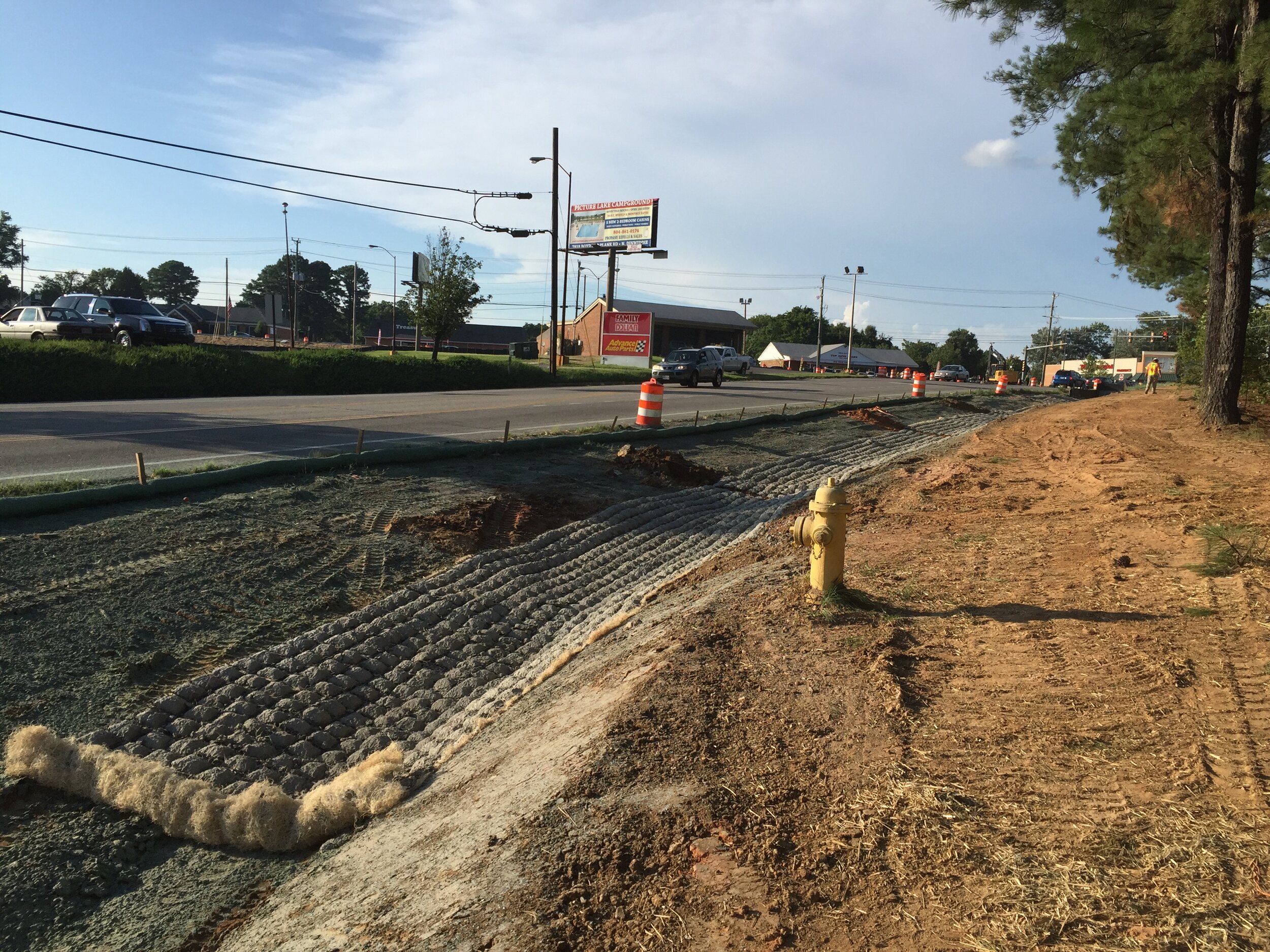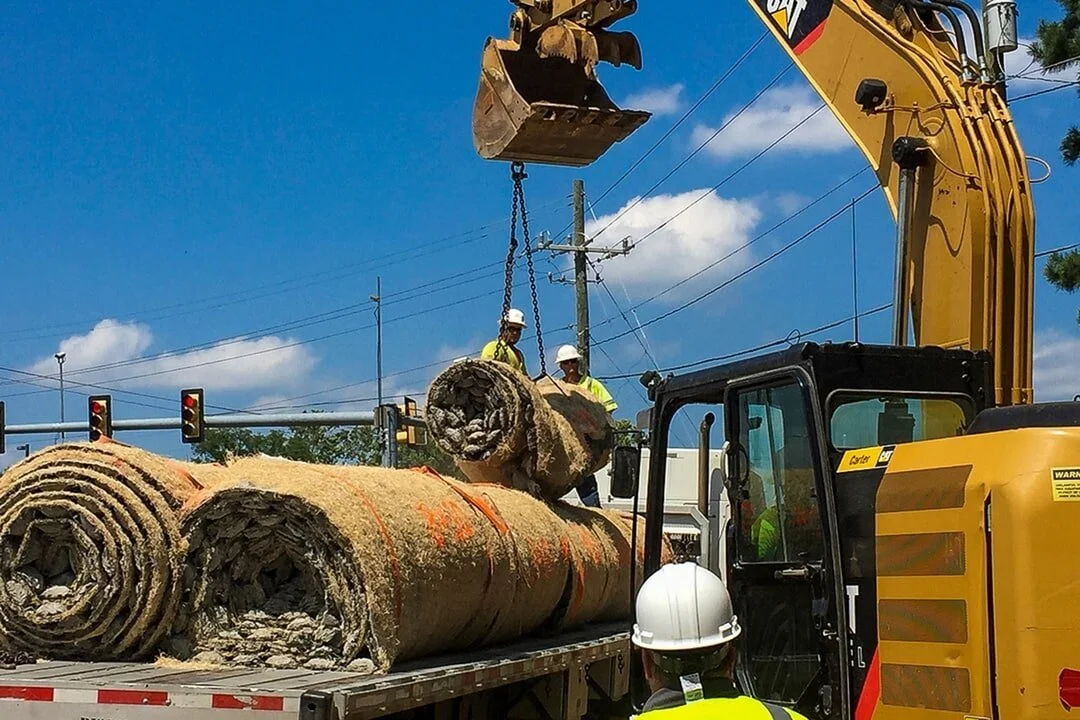A Complete Guide to Flexamat - Concrete Erosion Control Mats
Introduction to Flexamat
Erosion control is a critical concern for engineers, contractors, and land developers working on infrastructure, drainage, and environmental restoration projects. One of the most effective solutions available today is Flexamat, a rolled concrete erosion control mat designed to protect slopes, channels, and shorelines from soil erosion while promoting vegetation growth.
This guide explores what Flexamat is, its applications, installation process, benefits, and how it compares to other erosion control solutions.
What is Flexamat?
Flexamat is a pre-manufactured erosion control mat consisting of concrete blocks that are interconnected with a high-strength geogrid. The mats are flexible, allowing them to conform to the terrain while providing superior soil stabilization and protection against water and wind erosion. The spaces between the concrete blocks enable vegetation to establish, enhancing the mat’s long-term performance.
Key Benefits of Flexamat
Erosion Control – Prevents soil loss from water runoff and wind, ensuring long-term site stability.
Durability – Made of high-strength concrete blocks with a geogrid connection, offering long-lasting protection.
Flexibility – Adapts to the ground's natural contours, making it suitable for various landscapes.
Permeability – Allows water to pass through, reducing runoff and improving stormwater management.
Vegetation Growth – Supports natural vegetation, improving aesthetics and environmental sustainability.
Low Maintenance – Once installed, it requires minimal upkeep compared to traditional methods.
Applications of Flexamat
Flexamat is widely used in civil engineering, construction, and environmental restoration projects. Some of the most common applications include:
Slope Stabilization – Protects embankments from erosion while promoting natural growth.
Channel and Drainage Protection – Prevents scouring and erosion in ditches, swales, and stormwater channels.
Shoreline and Riverbank Protection – Reduces erosion along shorelines and riverbanks.
Roadway and Culvert Outlets – Prevents washouts and soil displacement near highways, bridges, and culverts.
Landfills and Energy Sites – Provides erosion protection in industrial and energy infrastructure projects.
Flexamat vs. Other Erosion Control Solutions
| Feature | Flexamat | Riprap | Erosion Control Blankets |
|---|---|---|---|
| Durability | High | High | Moderate |
| Vegetation Growth | Yes | No | Yes |
| Installation Time | Fast | Slow | Moderate |
| Maintenance | Low | Moderate to High | High |
| Cost Efficiency | High (Long-Term) | Moderate | Low (Short-Term) |
How to Install Flexamat
Site Preparation – Clear debris and level the installation area.
Seeding – Spread grass seed between the concrete blocks if vegetation growth is desired.
Mat Placement – Roll out Flexamat, ensuring it conforms to the ground.
Anchoring – Secure the mat using stakes, anchors, or trenching methods.
Watering & Maintenance – Water the area to encourage growth and check for proper anchoring.
Why Choose Flexamat for Your Project?
Flexamat stands out as one of the most effective erosion control solutions due to its strength, longevity, and ability to support vegetation growth. Whether for highways, drainage channels, or industrial sites, it offers a cost-effective, low-maintenance, and environmentally friendly solution for preventing erosion and stabilizing landscapes.
Where to Buy Flexamat?
Contractors, engineers, and developers looking for reliable erosion control solutions can purchase Flexamat from ECS Products, a leading distributor of innovative site stabilization materials. Contact them today to discuss your project needs and find the right solution for your site.
If you need a durable, versatile, and environmentally responsible erosion control solution, Flexamat is an excellent choice. Its ability to control erosion while promoting vegetation growth makes it a preferred option for many industries. By investing in Flexamat, you ensure long-term site stability, reduce maintenance costs, and enhance the sustainability of your project.
For more information, expert recommendations, or to get a quote, reach out to one of our reps.


